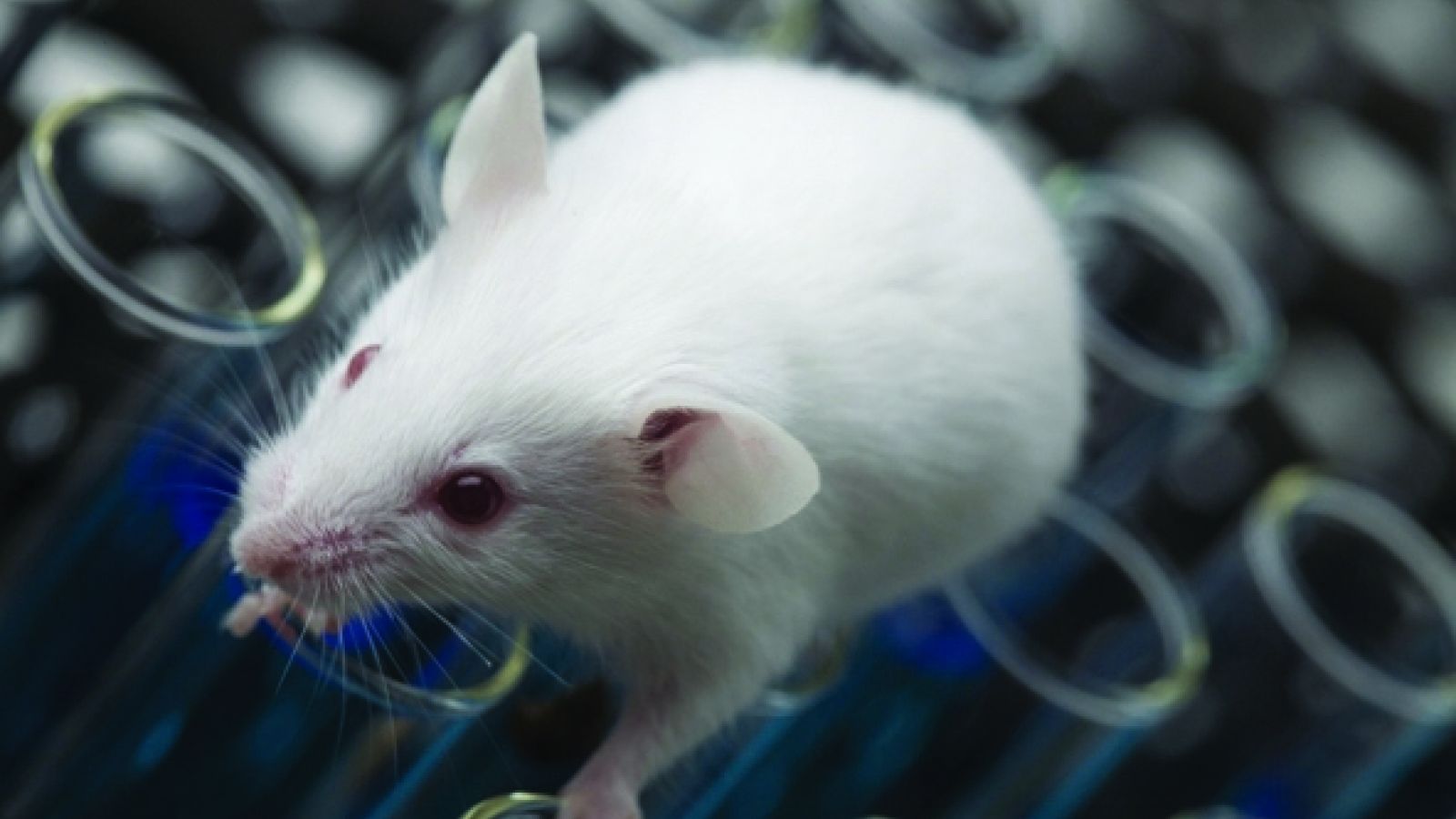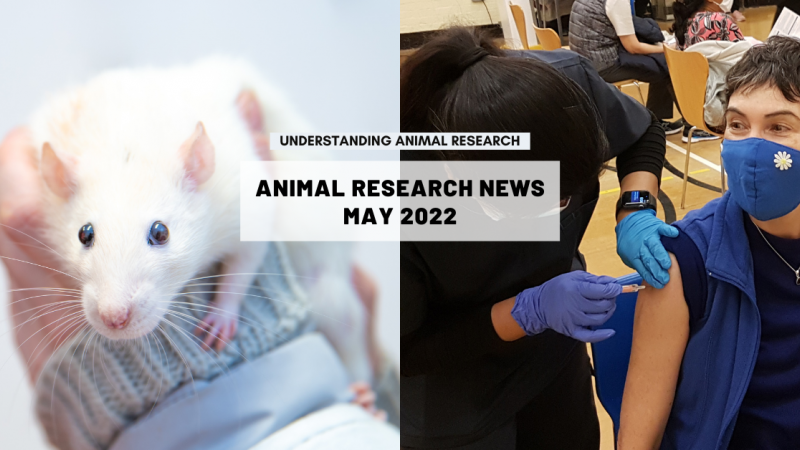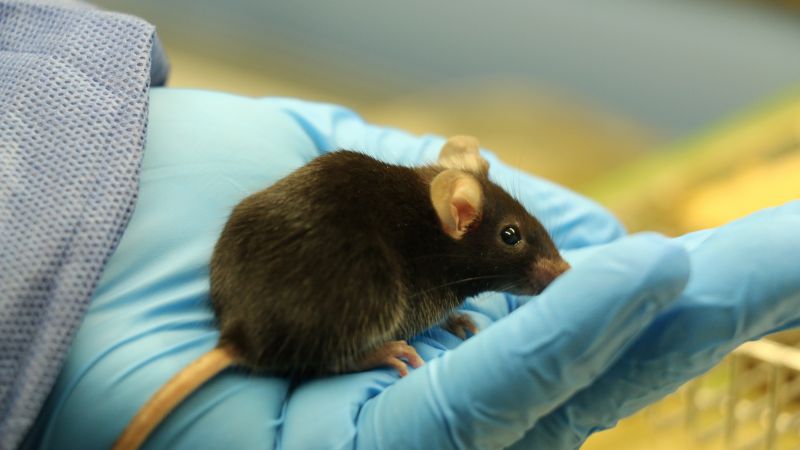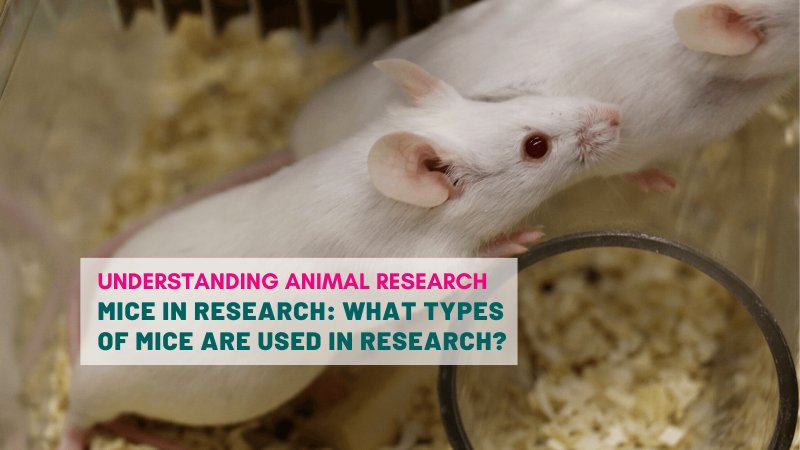Where are the female mice?
The female presence in labs is completely under-represented, and I'm not talking about humans here, but mice. The most used animal model in laboratories across the world to discover and test new medicines are almost entirely male. And it is time to fight for equal female health rights in the lab too.
The reason is that over-reliance on male mice in the medicine development process can leave women taking drugs at an inappropriate dose and even suffering side-effects that men rarely feel.
Male mice can outnumber female mice five to one
In labs, using male mice is often a default move. A huge percentage of studies involving mice have only used males for test subjects. In fact, in scientific studies that report which sex they use, male mice outnumbered female mice five to one. Among 1200 neuroscience papers from 2011 and 2012, only 42% reported the sex of the animals used, and when it was reported only 24% were female. Neuroscience seems to be particularly biased with over five studies on males for each study on females; only ∼20% of studies used both sexes, and 25% did not specify the sex of study subjects at all.
Similar bias toward the use of male subjects has been found in surveys of pre-clinical animal research on pain, cardiovascular disease, diabetes, and surgical methods at similar rates (20, 22, and 26%). In the surgical literature, 80% of studies that specified sex used only male subjects. In a review of papers on the behavioural measurement of pain published over the course of 10 years in the journal Pain 79% of the studies were on male rodents. In the five percent of the studies that tested males and females, there was no word of that fact in the discussion section. The gender of the subject wasn't even reported in 3%, so presumably it was male. Basically, 87% of the studies in the field simply didn’t care about sex differences at all.
Although more recent analysis of the neuroscience literature suggests that omission of subject sex has decreased in recent years, the number of male-only rodent studies has increased, and analysis by subject sex in mixed-sex studies remains infrequent.
Why are female mice under-appreciated?
The under representation of female mice in biomedical research is based on the assumption that females are intrinsically more variable than males. This idea is mostly due to their oestrous cycle where hormones vary periodically - every 4 days in mice. Female mice are generally tested at each of the four stages of oestrus to generate reliable data.
There is also concern that the use of males and females in a same study could reduce statistical power because of a greater spread of pooled data or smaller sub-samples of each sex. Some scientists also believe that increased attention paid to sex differences in pre-clinical studies would over emphasise what are sometimes small differences in the midst of fundamental similarities, or fail to model sex/gender differences in human health that may have important socio-cultural components. All in all, many researchers are stuck in the belief that requirements regarding use of females will hamper research because of a need for increased sample sizes, and hence increase costs.
Ironically, for most applications, female mice, across multiple rodent species and traits, tested through their hormonal cycle display no more variation than males do; and that for most traits, including those monitored in neuroscience research, female oestrous cycles need not be considered. In fact, there is actually on average a broader spectrum of variation in males for several different traits and behaviour, such as appetite and use of an exercise wheel, according to a meta-analysis of 293 articles that monitored behavioural, morphological, physiological, and molecular traits in male mice and females without regard to their oestrous cycle stage. As it turns out, group housing of mice is a more important factor to consider as it can increase variability in both males and females by 37%, for example.
At the core of the debate is the question of whether an increase in the number of sex-balanced studies would result in more reliable human clinical trials or better treatments for diseases. That remains unclear, although studies suggest that it might.
Why is important to consider female mice at all?
Reliance on only male models to study diseases or develop drugs is another form of discrimination to women. The under representation of females in animal models of disease across disciplines is common, and our understanding of female biology is compromised by these deficiencies. This lack of pre-clinical research on female subjects has also likely resulted in poorer treatment outcomes for women.
Males and females don't have the same bodies. There are significant differences in the way male and female animals and cells experience disease and react to drugs, partly due to hormonal and genetic intrinsic differences. And by looking in majority at males, important biological effects can be missed or misinterpreted.
“Many scientists in the past assumed that the differences between males and females were often irrelevant,” Janine Austin Clayton, director of NIH’s Office of Research on Women’s Health, wrote to The Scientist, “As such, there was an over reliance on male animals and cells, inattention to sex effects, and inconsistent reporting of sex-specific findings in publications. We know better now. We have learned that sex does matter.”
Most research acts as if women are simply "smaller men." However, a 2015 study published in Nature Neuroscience suggested that research conducted in male mice may not be applicable to women. Analysing 234 physical characteristics of more than 50,000 mice across multiple experiments and institutes, researchers at the Wellcome Trust Sanger Institute and the International Mouse Phenotyping Consortium found that, in control mice, sex impacted 56.6% of quantitative traits and 9.9% of qualitative traits; and in mutant mice, sex impacted 17.7% of quantitative traits and 13.3% of qualitative traits. The differences between male and female mice affected the results of more than half the studies evaluated in new research. And indeed, when researchers from the University of California, Los Angeles, looked at the expression of 23,000 genes in brain, liver, fat, and muscle tissue in mice, they found striking and measurable differences in more than half of the genes' expression patterns between males and females that they really didn’t expect.
This male mouse bias has led to some major health issues for human females. About 80% of rodent drug studies are conducted only on males, before the drugs are given to patients. And when only male mice were tested, it became troublesome for some drugs that turned out to be metabolized differently in men and women.
This was the case for the sedative Ambien (Zolpidem), which was developed using only male test subjects. It was found to stay in the body of females for much longer than men. Developed and dosed for male bodies, women were still feeling the effects of the drug more than 11 hours after taking it. Twenty-one years after its development, the FDA had to issue new guidelines for Ambien, with recommended dosages for men and women. Similar issues have arisen for a host of drugs suggesting many other drugs may require reconsideration of unisex dosing.
By missing the differences in drug response between males and females, a huge part of information that could lead to better or different clinical trials is being consciously ignored. As such, 8 of 10 drugs withdrawn from the US market by the FDA from 1997 to 2000 posed greater health risks for women than for men.
This could be the reason why women are 1.5 times more likely to develop an adverse reaction to prescriptions than men. Differences can be particularly acute in cardiovascular diseases: females at an early stage of heart disease can experience fatigue, abdominal discomfort, and back, jaw and neck pain, all of which according to standards extracted from studies on men are considered atypical - and as a result diagnosis can be delayed and patients put in danger.
Towards less discrimination
Female mammals have long been neglected in biomedical research, it is a fact. And although the National Institutes of Health (NIH) mandated the enrolment of women in human clinical trials in 1993, they still remain under-represented in biomedical research. A 2004 survey on nine medical journals showed that only 37% of the participants were women (in drug trials it was only 24%) and only 13% of the studies analysed the data by sex. And the same goes for female mice and pre-clinical trials.
To remedy this situation, the NIH announced policies in May 2014 that “require applicants to report their plans for the balance of male and female cells and animals in pre-clinical studies in all future applications, unless sex-specific inclusion is unwarranted, based on rigorously defined exceptions. Strong justification from the scientific literature, preliminary data, or other relevant considerations must be provided for applications proposing to study only one sex,” the NIH wrote.
However, the situation has still a lot of room for improvement. Giving equal rights to men and women doesn't only mean equal health but equal understanding of their body and equal health care. And right now that is not the case.
REFERENCES:
https://www.huffingtonpost.co.uk/mia-rozenbaum/females-in-medical-research_b_6800028.html
https://www.seeker.com/why-dont-scientists-use-female-mice-1792719634.html
https://www.sciencedirect.com/science/article/pii/S235215461730205X#bib0040
https://www.sciencedirect.com/science/article/pii/S0304395905003209
https://www.sciencedirect.com/science/article/pii/S0039606014004255
https://www.ahajournals.org/doi/10.1161/CIRCULATIONAHA.116.026668
https://cdn.elifesciences.org/articles/13615/elife-13615-v2.pdf
https://www.sciencedirect.com/science/article/pii/S235215461730205X
http://www.eneuro.org/content/4/6/ENEURO.0278-17.2017
https://www.sciencedirect.com/science/article/pii/S0149763414000049
https://www.the-scientist.com/uncategorized/why-sex-matters-in-mouse-models-46346
https://www.sciencedirect.com/science/article/pii/S0149763410001156
https://www.gao.gov/new.items/d01286r.pdf
http://science.sciencemag.org/content/327/5973/1571
https://www.ncbi.nlm.nih.gov/pubmed/17912042?dopt=Abstract
https://www.pnas.org/content/112/17/5257.full
https://www.seeker.com/why-dont-scientists-use-female-mice-1792719634.html
https://grants.nih.gov/grants/guide/notice-files/NOT-OD-15-102.html
https://www.sanger.ac.uk/news/view/study-reveals-how-sex-blindspot-could-misdirect-medical-research
https://www.theverge.com/2015/6/29/8861765/pain-immune-cell-sex-difference-mice
https://www.ncbi.nlm.nih.gov/pmc/articles/PMC4962440/
Last edited: 7 April 2022 13:36




